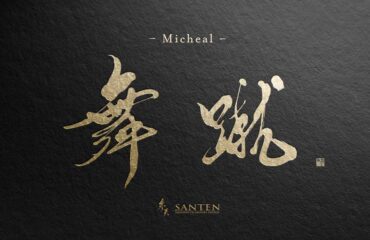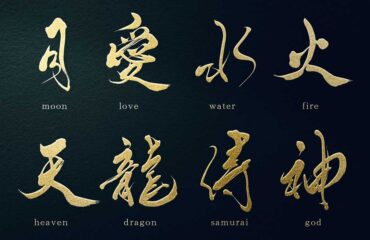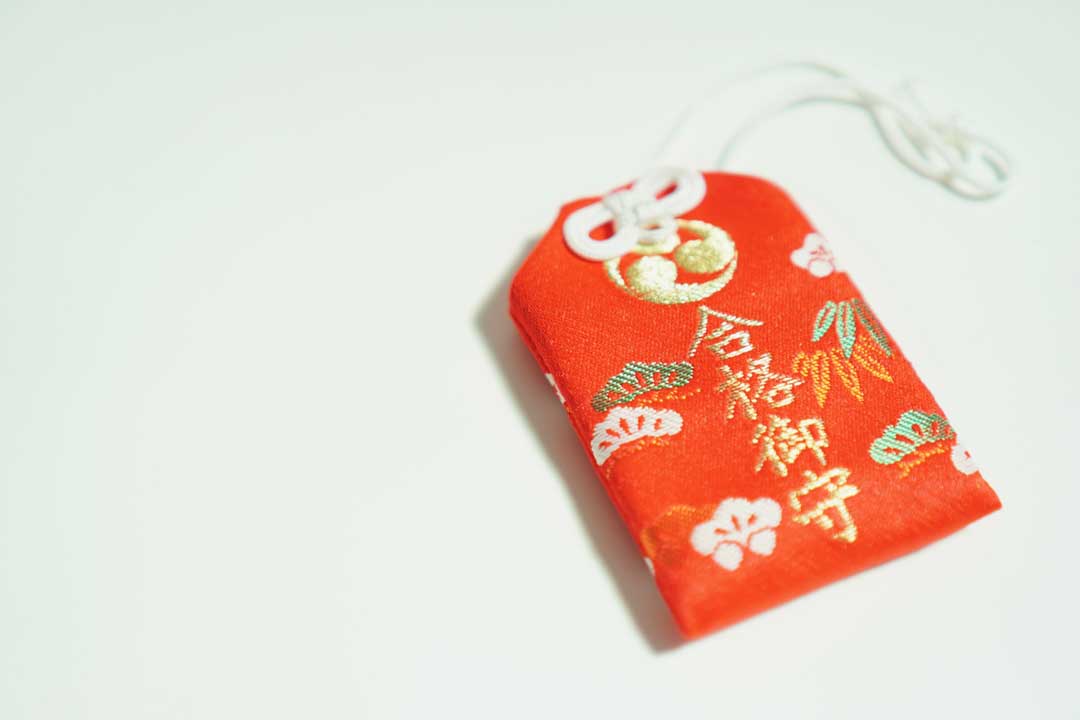
Hello, everyone! Today, we are going to delve into one aspect of Japanese culture, Omamori.
These items that you see at shrines and temples are not just decorations.
Each has a specific purpose and meaning, embodying people’s wishes.
The Origin of Omamori
There are multiple theories about the origin of Omamori.
One theory is that it began in the Jomon period when people wore magatama beads as a charm against evil spirits.
Another theory suggests that the origin comes from Taoism, one of the teachings of Buddhism, and its magic symbols.
However, it is generally said that Omamori started to spread during the Heian period when Onmyoji, masters of Yin and Yang, were active.
At that time, medical care was not yet developed, and people carried Omamori to protect themselves from epidemics and disasters based on divination.
Also, Omamori are counted as “one body, two bodies,” indicating that they were revered as divine images.
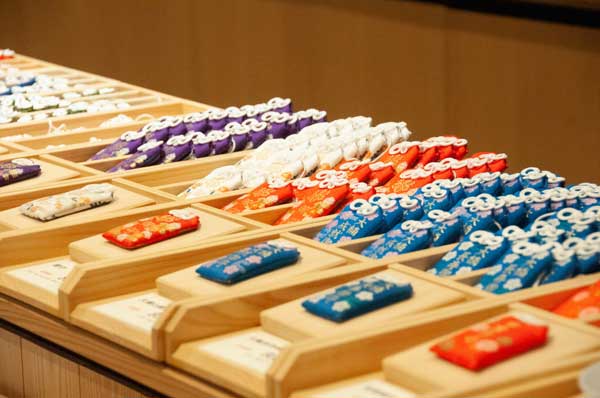
The Meaning and Contents of Omamori
Omamori are treated as talismans for warding off evil and inviting good fortune.
By carrying them at all times, you can protect yourself from evil spirits and gain blessings.
Inside Omamori is a talisman made of paper, wood, or metal, called a “Goshinji” (sacred seal), where the god resides.
This talisman is imbued with the power of the gods through prayers by the shrine’s priests, a process called “Mitamairi”.
The string that closes the mouth of the Omamori bag is imbued with the intention of preventing the power of the gods from escaping.
Therefore, it is said that you should not open the contents of the Omamori, as the god’s power would escape.
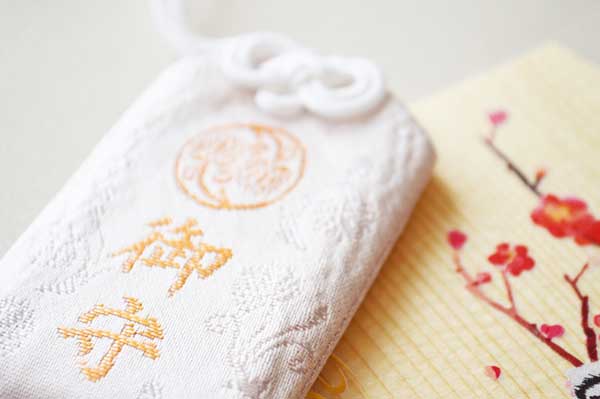
The Types and Effects of Japanese Amulets
Let’s delve into the different types of Omamori and their associated effects.
Academic Charms
Passing Exams Charm
As the new year begins, students in Japan embark on the intense journey of preparing for exams.
The “Passing Exams Charm” is believed to confer blessings on these diligent students, helping them in their quest for academic success.
You may often spot these charms dangling from students’ bags during exam season, symbolizing their hopes and prayers for good results.
Academic Success Charm
Akin to the “Passing Exams Charm”, the “Academic Success Charm” also supports students in their academic endeavours.
However, this charm is not just about passing exams.
It’s believed to assist in achieving overall academic goals, be it acing a test, improving grades, or excelling in school.
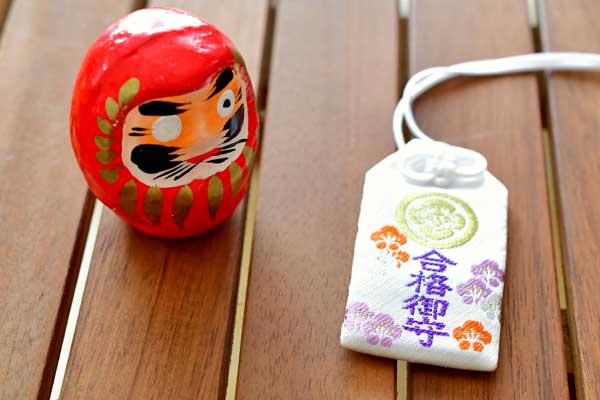
Financial Luck Charms
Increasing Financial Luck Charm
In the realm of wealth, the “Increasing Financial Luck Charm” is said to attract monetary benefits, aiding in increased income, savings, and successful asset management.
It’s important to note that these charms may not always result in an immediate influx of cash.
The blessings might manifest in less obvious ways, such as increased value in personal possessions like art or jewelry.
Don’t dismiss the charm if you’re not seeing the expected results – treating it disrespectfully is a major taboo.
Many of the deities associated with financial luck are brave warriors, akin to Taira no Masakado, one of the three great vengeful spirits in Japan.
Disrespecting these powerful deities could potentially bring about misfortune.
Business Prosperity Charms
Business Prosperity Charm
For entrepreneurs and business owners, the “Business Prosperity Charm” is highly recommended.
It’s believed to draw in customers and contribute to significant business growth.
The charm is also known to bestow blessings for “thousand customers, ten thousand arrivals” and “success in promotion”, making it an ideal talisman for any business venture.
In conclusion, these Japanese charms serve as a spiritual bridge, connecting our aspirations with divine blessings.
Whether you’re a student striving for academic success, an entrepreneur seeking business prosperity, or anyone wishing for financial luck, there’s a charm that might help you on your journey.
Remember, these charms are not just about receiving benefits.
They are reminders of our goals, and carriers of our hopes and prayers.
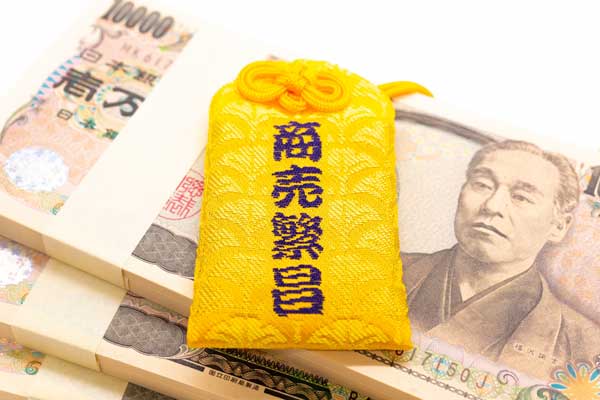
Love Charms
Love Fulfillment
Love fulfillment amulets are believed to help achieve all kinds of romantic wishes, whether it’s to deepen a current relationship or to find a new one.
A particularly popular love amulet is the “Bellflower Charm” from Tokyo Daijingu, a shrine known for its love-related blessings.
This charm features two white bellflowers, a symbol of love, and is said to connect two hearts together.
Marital Harmony
Marital harmony amulets are sought out by married couples hoping to maintain a peaceful and happy relationship.
These charms can often be found at various shrines across the country, often in the form of matching charms for both partners.
Good Match Prayers
Those who are looking for the perfect partner might want to opt for a “Good Match” amulet.
These are not only for romantic relationships but also for forging good relationships at work or with friends.
Izumo Grand Shrine in Shimane Prefecture is famous for its “Thread of Good Match” charm, which is believed to guide its owner to good connections.
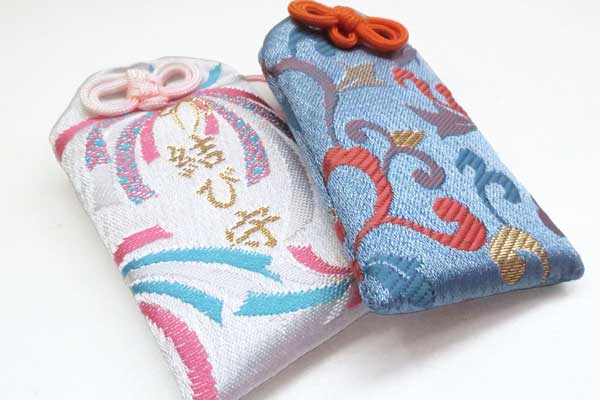
Safety Charms
Traffic Safety
Traffic safety amulets are carried by those wishing for safe travels.
While they are commonly associated with safe driving, these charms are also meant to ensure safety during commutes, school runs, and trips. It’s best to place them somewhere in the vehicle where they can catch the sunlight.
Health and Wellbeing Charms
Safe Childbirth
Safe childbirth amulets are carried by expecting mothers to ensure a safe and smooth delivery.
Suitengu Shrine, located in various parts of Japan, is particularly known for its protective power during childbirth, offering a special charm called a “childcare belt”.
Child Prayers
Child prayer amulets are carried by couples wishing to be blessed with a child.
These charms often feature dogs, which are known for their fertility and easy childbirth.
Home Safety
Home safety amulets are carried by those wishing for the safety and happiness of their family.
These charms are also believed to protect against domestic troubles and accidents.
They are often placed in the household shrine.
Disease Prevention
Disease prevention amulets are carried by those hoping to avoid illnesses and injuries, or hoping for a quick recovery if they do fall ill.
These amulets often feature the image of Amabie, a mythical creature believed to ward off diseases.
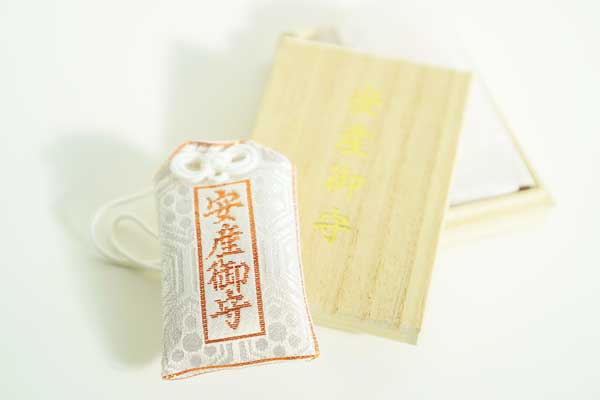
Success Charms
Victory Prayers
Victory prayer amulets are carried by those wishing for success in competitions, whether in sports or in games like Go or Shogi.
These charms are said to help remove anxiety by bringing luck to their owner’s side.
Conclusion
Omamori are powerful symbols that embody people’s wishes and are a beautiful way to express Japanese culture and tradition.
Understanding their origin and meaning can bring a new sense of reverence to Omamori.
Other Introduction
What is Wagashi ? – Japanese Sweets
The Allure of Japanese Gardens

